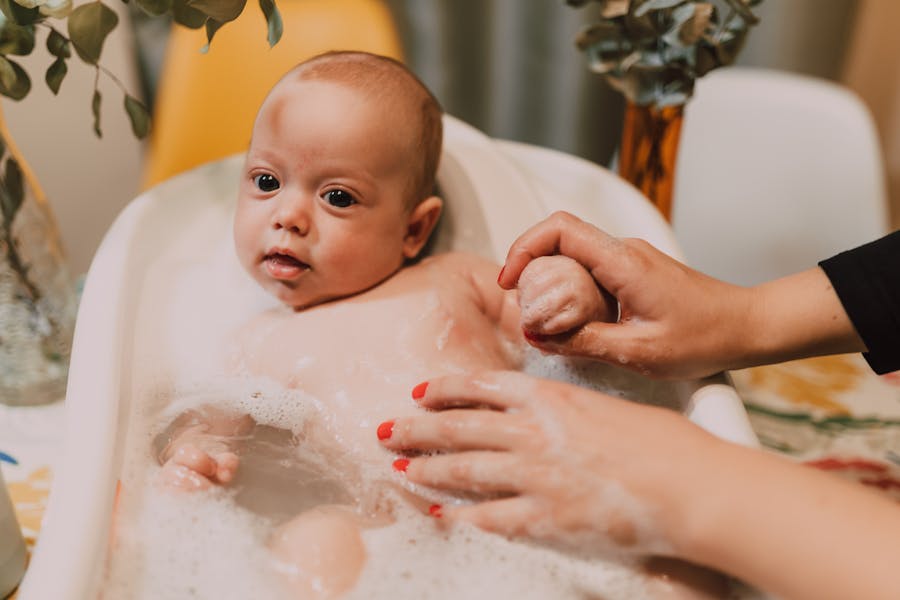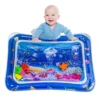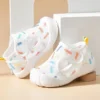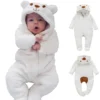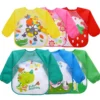Bathtime can be a delightful experience for both you and your baby, providing an opportunity for bonding, relaxation, and play. However, ensuring that the bath water is at a safe temperature is crucial for your baby’s safety and comfort. In this article, we will explore how to tell if bath water is too hot for baby, provide essential tips for safe bathing, and discuss best practices to ensure a positive experience.
Understanding the Importance of Water Temperature
The right water temperature is vital for infant safety. Babies have delicate skin that is more susceptible to burns and discomfort than adult skin. Water that feels warm to an adult can be uncomfortably hot or even dangerous for a baby. Using water that is too hot can lead to serious burns or skin irritation, making it essential to monitor the temperature carefully.
Risks Associated with Bathing in Hot Water
Bathing a baby in water that is too hot can lead to:
- Burns: Hot water can cause first, second, or third-degree burns on a baby’s sensitive skin.
- Discomfort: A baby may cry or become agitated if the water is uncomfortably warm.
- Fear of Bathing: Negative experiences with hot water can make your baby resistant to baths in the future.
Recommended Bath Water Temperature for Babies
To ensure your baby has a safe and enjoyable bath, it’s important to maintain the ideal water temperature. The American Academy of Pediatrics (AAP) recommends that bath water for infants should be:
- Between 98°F and 100°F (37°C to 38°C)
This temperature range is warm enough to keep your baby comfortable without posing any risk of burns.
How to Test Bath Water Temperature
Using a Thermometer
One of the most accurate ways to check the water temperature is by using a bath thermometer. Here’s how:
- Fill the Tub: Start filling the tub or basin with warm water.
- Insert the Thermometer: Place the thermometer into the water and wait a few moments for an accurate reading.
- Check the Temperature: Ensure the reading is between 98°F and 100°F before placing your baby in the water.
Touch Test
If you don’t have a thermometer, you can use the touch test:
- Use Your Wrist or Elbow: Dip your wrist or elbow into the water. These areas are more sensitive than your hands and can give you a better sense of the water temperature.
- Assess the Comfort: The water should feel warm but not hot. If it feels uncomfortable or burns your skin, it’s too hot for your baby.
Visual Indicators
In addition to testing the water temperature, keep an eye out for visual indicators that the water might be too hot:
- Steam: If you see steam rising from the water, it is likely too hot.
- Bubbles: Excessive bubbles can indicate that the water is too hot, especially if you notice bubbling water in the bath.
Signs Your Baby May Be Uncomfortable in the Water
Even if you think the temperature is appropriate, it’s important to monitor your baby’s reactions during the bath. Common signs of discomfort include:
- Crying or Fussing: If your baby cries or seems agitated while in the water, it may be too hot or uncomfortable.
- Stiffening or Tensing: If your baby’s body becomes stiff or tense, it could indicate discomfort.
Always be attentive to your baby’s cues and adjust the water temperature as needed.
Tips for Creating a Safe Bathing Environment
To ensure that bath time is safe and enjoyable, consider the following tips:
Maintain a Comfortable Room Temperature
Keep the room where you’re bathing your baby warm, ideally between 70°F and 75°F (21°C to 24°C). This helps prevent your baby from getting cold when they are removed from the water.
Dim Lighting
Using soft, dim lighting during bath time can create a calming atmosphere, making the experience more enjoyable for both you and your baby.
Use White Noise
Consider using a white noise machine or fan to provide a soothing background sound that can help relax your baby during bath time.
Have Supplies Within Reach
Gather all necessary supplies before starting the bath, including shampoo, washcloths, towels, and a non-slip mat. This prevents you from leaving your baby unattended in the water.
Alternative Methods for Bathing Infants
If you’re concerned about using a traditional bathtub for your infant, consider these alternatives:
- Sponge Baths: For younger babies, sponge baths can be a safe way to keep them clean without submerging them in water.
- Baby Baths: A small baby tub designed for infants can provide a secure environment for bathing.
Consulting Healthcare Professionals
If you have specific concerns about bath time safety or your baby’s reactions to bathing, consulting a healthcare professional can provide peace of mind.
When to Seek Advice
- Persistent Issues: If your baby frequently seems uncomfortable during baths, it may be worth discussing with your pediatrician.
- Skin Concerns: If you notice any rashes or reactions to bathing products, seek advice to ensure you’re using appropriate products for your baby’s skin.
Conclusion
Understanding how to tell if bath water is too hot for baby is crucial for ensuring a safe and enjoyable bathing experience. By maintaining the ideal water temperature, using accurate testing methods, and monitoring your baby’s reactions, you can create a positive environment for bath time.
With careful preparation and awareness, you can turn bath time into a cherished bonding experience while prioritizing your baby’s safety and comfort.
FAQ’s
- What is the ideal water temperature for bathing a baby?
A. The ideal temperature for baby baths is between 98°F and 100°F (37°C to 38°C). - How can I safely check the water temperature for my baby?
A. You can use a bath thermometer or perform the touch test by dipping your wrist or elbow into the water. - What should I do if my baby seems uncomfortable during a bath?
A. If your baby shows signs of discomfort, check the water temperature and adjust it if necessary. Be attentive to their needs and consider trying a different bathing method. - Are there safe alternatives to bathing my baby in a tub?
A. Yes, sponge baths and baby tubs are safe alternatives for keeping your infant clean without the risks associated with traditional bathing. - When should I consult a doctor about my baby’s bathing routine?
A. If you have concerns about your baby’s reactions to bathing or notice any skin issues, consult your healthcare provider for tailored advice.
